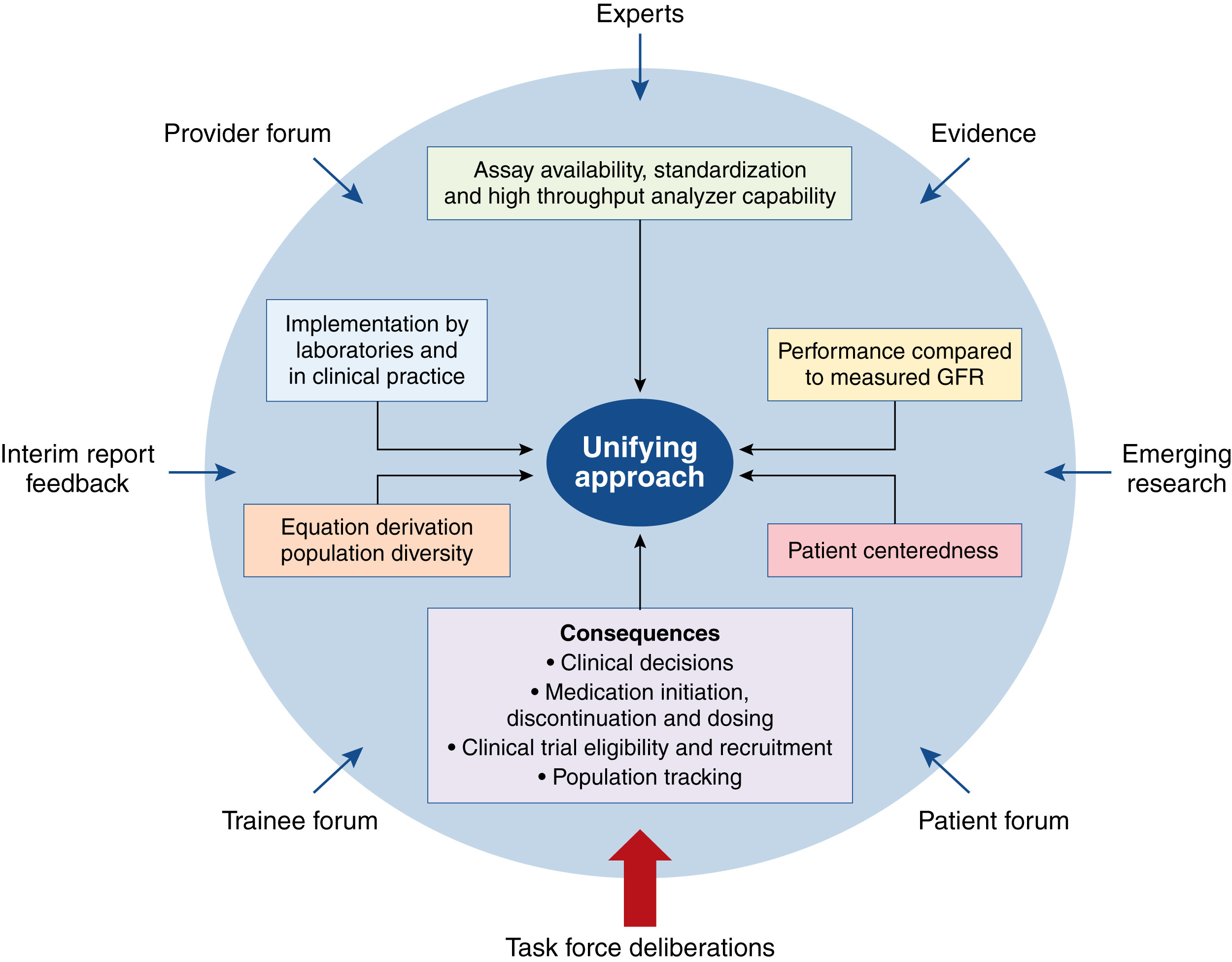Elsevier, The Lancet, Volume 399, 26 February 2022
This Article supports SDGs 3, 5, and 10 by providing global, regional, and country estimates of physical and sexual violence against women by male intimate partners, calling for investments in multisectoral interventions and a strengthening of the public health response, especially in the face of post-COVID-19 reconstruction efforts, to meet SDG targets.
Elsevier,
American Journal of Clinical Nutrition, Volume 115, 1 February 2022
This papers demonstrates how simple substitutions can be made in individuals’ diets to substantially reduce their carbon and water scarcity footprints without sacrificing dietary quality. Such substitutions may be easier to promote than complex dietary patterns.
Elsevier,
The Lancet Planetary Health, Volume 6, February 2022
An Article in support of SDGs 3, 7, and 13, showing that adopting strict climate policies (the 1·5°C and 2°C targets) and strengthening clean-air policies could achieve major improvements in air quality and substantially reduce the human health effects from air pollution in China.
Elsevier,
Sustainable Cities and Society, Volume 77, February 2022
Urban climate change agenda furthered by aligning adaptation plans with development goals. Near-term benefits delivered by aligning adaptation, mitigation and development. Synergistic adaptation-mitigation planning leads to inclusion of co-benefits and avoidance of trade-offs. Informal networks can enhance coordination required for co-benefit approaches.
Elsevier,
Aquaculture, Volume 549, 25 February 2022
Temperature and sea level rise threats to aquaculture were the main focus in science and the news. At least 10 countries linked current impacts on aquaculture to climate change. Global papers cited technology for adaption, while regional papers cited governance.
Elsevier, The Lancet Regional Health - Americas, Volume 6, February 2022
Background: Among patients with type 2 diabetes, minority racial/ethnic groups have a higher burden of cardiovascular disease, chronic kidney disease, and hypoglycaemia. These groups may especially benefit from newer diabetes medication classes, but high cost may limit access. We examined the association of race/ethnicity with the initiation of newer diabetes medications (GLP-1 receptor agonists, DPP-4 inhibitors, SGLT-2 inhibitors).
Elsevier, American Journal of Kidney Diseases, Volume 79, February 2022
Background: In response to a national call for re-evaluation of the use of race in clinical algorithms, the National Kidney Foundation (NKF) and the American Society of Nephrology (ASN) established a Task Force to reassess inclusion of race in the estimation of glomerular filtration rate (GFR) in the United States and its implications for diagnosis and management of patients with, or at risk for, kidney diseases.
Elsevier, The Lancet Planetary Health, Volume 6, February 2022
Background: Road-traffic injuries are a key cause of death and disability in low-income and middle-income countries, but the effect of city characteristics on road-traffic mortality is unknown in these countries. The aim of this study was to determine associations between city-level built environment factors and road-traffic mortality in large Latin American cities. Methods: We selected cities from Argentina, Brazil, Chile, Colombia, Costa Rica, El Salvador, Guatemala, Mexico, Panama, and Peru; cities included in the analysis had a population of at least 100 000 people.
Elsevier, The Lancet Planetary Health, Volume 6, February 2022
Background: With much of the world's population residing in urban areas, an understanding of air pollution exposures at the city level can inform mitigation approaches. Previous studies of global urban air pollution have not considered trends in air pollutant concentrations nor corresponding attributable mortality burdens. We aimed to estimate trends in fine particulate matter (PM2·5) concentrations and associated mortality for cities globally.

